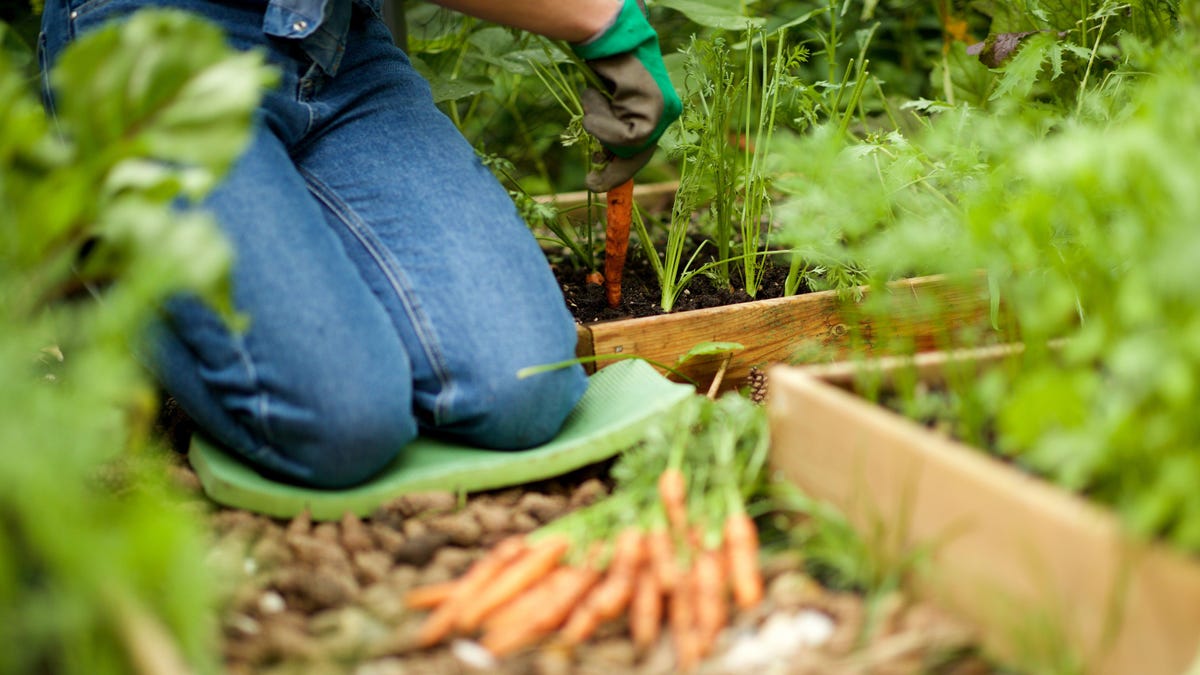Gardening Should Not Destroy Your Body

Gardening season is finally here, and it’s cause for celebration—even if it’s your first time heading out to work in the yard or garden, you’ll be quickly reminded how physically demanding it can be . Soil care involves a variety of body movements and positions—lots of bending, lifting, and carrying weights—which can make you tired and sore at best, and injury at worst.
But indulging your green thumb doesn’t necessarily mean sacrificing the rest of your body. Use these strategies to protect yourself from garden pains, aches, and injuries.
Invest in the right tools
There’s a tool for everything, and using the right tool for the job can minimize the chance of accidents, injury, and excessive fatigue. Make sure you’re using the right tool for the job – don’t try to dig a lot with a flat-edged shovel when a pointed shovel would be much easier – and look for ergonomic features like comfortable grips and retractable handles that reduce bending and gripping discomfort. Secateurs and scissors must have a fuse.
And always use tools, not hands. You may not be able to see debris or sharp objects buried in mud or hidden in bushes, and digging or reaching with your hands puts you at risk of injury.
Wear protective gear
Gloves are an essential piece of equipment for both gardening and general yard work. They help minimize blistering when using tools and protect your hands from many risks : bacteria and fungi in the soil, irritants like poison ivy and thorns, insect and snake bites, and sunburn.
Wear sunglasses or other eye protection, especially if you are using tools. Waterproof shoes with thick soles and good grip can prevent slipping. And the lightweight layers provide protection from both the sun and insects.
Warm-up before starting
Set aside five to ten minutes to warm up your body at the start of each gardening session. A quick walk around the block and a few light stretches (squats, bends, spins, wrist movements) are a good way to start if you can.
While gardening isn’t technically a sport, it’s just as physically demanding as sports, which means you might benefit from some specific muscle and joint workouts that you use frequently. Try AARP strength and stretching for gardeners.
Switching between tasks
Repetitive movements increase the risk of discomfort and irritation or even injury. Try to diversify your garden to-do list and switch between tasks every 15 minutes or so to avoid blisters and overuse of the same muscles, tendons, and nerves.
Use proper body mechanics
Move smarter, not harder, to minimize fatigue and prevent injury. Carry heavy objects close to your body, work from a seated or kneeling position (instead of bending from a standing position), and lift your legs while keeping your back more or less straight. Avoid too much twisting by moving your legs and straightening your hips and shoulders. Keep your wrists relaxed and neutral, not bent when grasping tools. Use a wheelbarrow or yard cart to move heavy items—don’t be a hero—and store items on waist-high shelves.
Also consider planting in raised beds or vertical structures such as trellises rather than at ground level. This limits the amount of leaning and makes gardening from a chair or stool more accessible. There are even wheeled garden chairs that allow you to roll around without having to get up and down.
Finally, save time and energy by gathering all your tools ahead of time and keeping everything organized and within reach whenever possible.
Take breaks and remember your basic needs
Don’t neglect your needs while doing yard or garden work. Drink plenty of water and wear sunscreen (and other sun protection such as a hat and long sleeves), and consider working early or late during the cooler part of the day to reduce the risk of dehydration and sunburn.
Take frequent breaks to stretch or rest—maybe every time you switch to a new task? – and remember that you don’t have to take on everything at once. One session lasting from 60 to 90 minutes can be enough for one day, especially at the beginning of the season. Take it easy on yourself and instead spread the work out over several days or a full weekend.